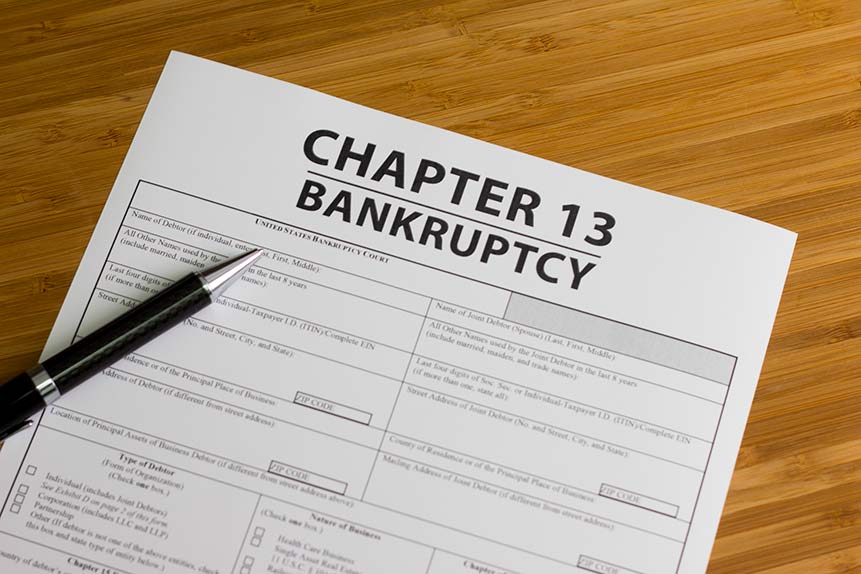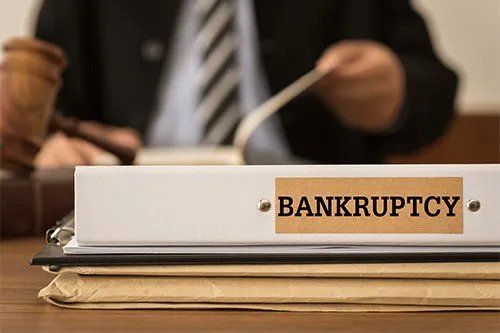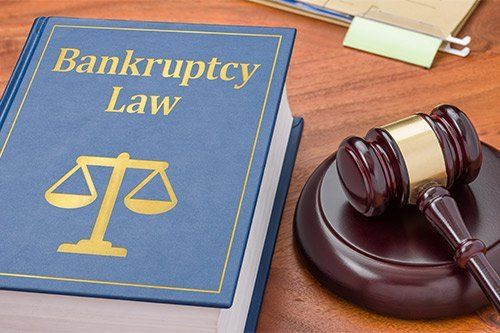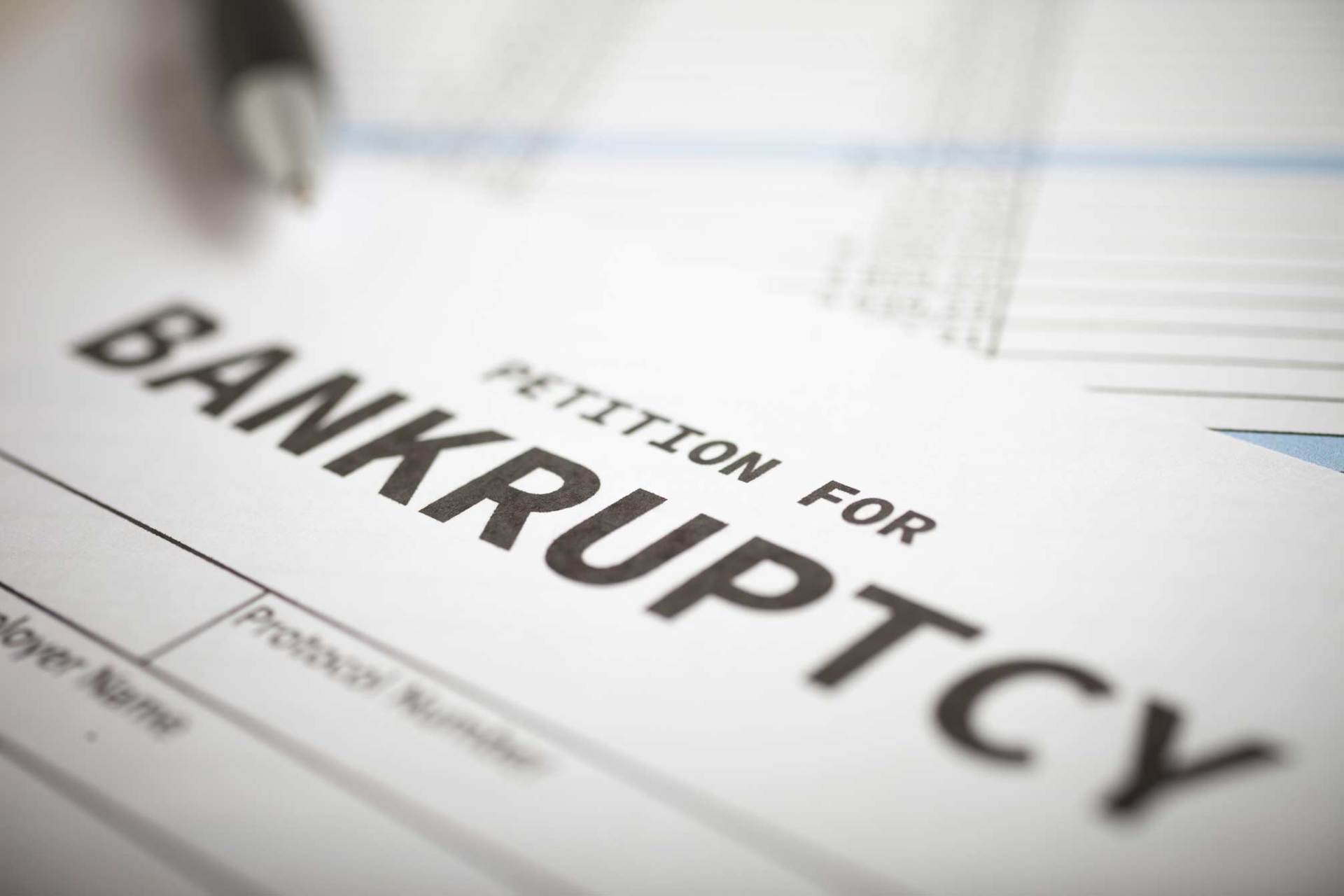FREE INITIAL CONSULTATION TO FIND OUT IF BANKRUPTCY IS RIGHT FOR YOU.
Blog Layout
The Bankruptcy Filing Process: A Step-By-Step Guide

If you're drowning in debt with no foreseeable change in your financial circumstance, bankruptcy may be the right choice for you. If you aren't sure about the filing process or have questions regarding bankruptcy, read on for a step-by-step guide to the process.
Step 1: Find an Attorney
Look for an attorney that specializes in bankruptcy. The attorney should be familiar with bankruptcy laws and any and all updated laws and changes regarding bankruptcy.
You should also look for an attorney that will be available to answer all of your questions about your debts and the process; you should also make sure that you feel comfortable with the attorney. If you aren't comfortable with your attorney, feel rushed through your appointments, or don't feel as though your specific needs are being met, find a different attorney.
Be sure your attorney gives you all fees and charges in writing so you don't have any surprise fees later. You're already in debt, so adding to that debt is not going to help you. Ask about all fees including the meeting of the creditors and any court fees, which may be extra.
Step 2: Do Your Homework
At your first appointment, your bankruptcy attorney is going to ask that you make a list of all of your creditors and debts that you have outstanding. Your attorney may have already made a packet that will ask for all of your personal information in addition to information about your debts.
You'll need to have the name and address of all creditors and how much you owe each of them. This may require you to run a credit report, which can be done online through a company such as Credit Karma or through the credit bureaus Equifax, TransUnion, or Experian. The credit report may list debts that you've forgotten about.
After you've filled out the packet (if you had one) and provided all of the information to your attorney, you'll have to sign off on the paperwork. By signing the bankruptcy paperwork, you're signing off that you have included all of your creditors and that, to your knowledge, all of the information is true.
Step 3: Filing Your Bankruptcy
The paperwork you signed off on is then sent to the bankruptcy court. After your bankruptcy is filed with the court, you'll be assigned a bankruptcy case number. The filed paperwork is sent to your creditors to let them know about your bankruptcy and that they are included.
At this time, any correspondence from your creditors such as bills, letters, and phone calls should cease. If you continue to get calls, bills, and any other correspondence from the creditors, you can give them your bankruptcy case number.
If calls persist from these creditors that were included in your bankruptcy, you should call your attorney to have a cease and desist letter sent out to the creditor.
Step 4: Meeting of Creditors
A meeting of creditors is a hearing in which you appear with your attorney present in front of a court-appointed trustee. The trustee will call on you and ask questions regarding your assets, job, and debts that were included in your bankruptcy.
The trustee will then give you your repayment schedule (if any at all), as well as any assets that will need to be given back to the creditor to help with repayment (such as a camper, vehicle, or electronics).
After this meeting, the trustee will then either dismiss or discharge your bankruptcy. If your bankruptcy is dismissed, something may have been missing or incomplete in your bankruptcy. If it is discharged, the bankruptcy is completed.
You may have to wait a few months to receive a discharge, usually about three months for a Chapter 7; for a Chapter 13, the discharge usually occurs after the repayment plan is completed.
If you are unable to make ends meet, you may want to consider filing for bankruptcy. Make an appointment today at The McMaster Law Firm, LLC, to discuss bankruptcy and your financial options.
FREE Initial Consultation
Thank you for contacting us.
We will get back to you as soon as possible.
We will get back to you as soon as possible.
Oops, there was an error sending your message.
Please try again later.
Please try again later.
BROWSE OUR WEBSITE
CONTACT INFORMATION
Phone:
864-232-1550
Toll Free:
800-615-6050
Address:
8 Williams St. Greenville, SC 29601
Since 1996, Gina McMaster has been helping people like you file for Chapter 7 and Chapter 13 bankruptcy relief.
OUR LOCATION
Content, including images, displayed on this website is protected by copyright laws. Downloading, republication, retransmission or reproduction of content on this website is strictly prohibited. Terms of Use
| Privacy Policy












